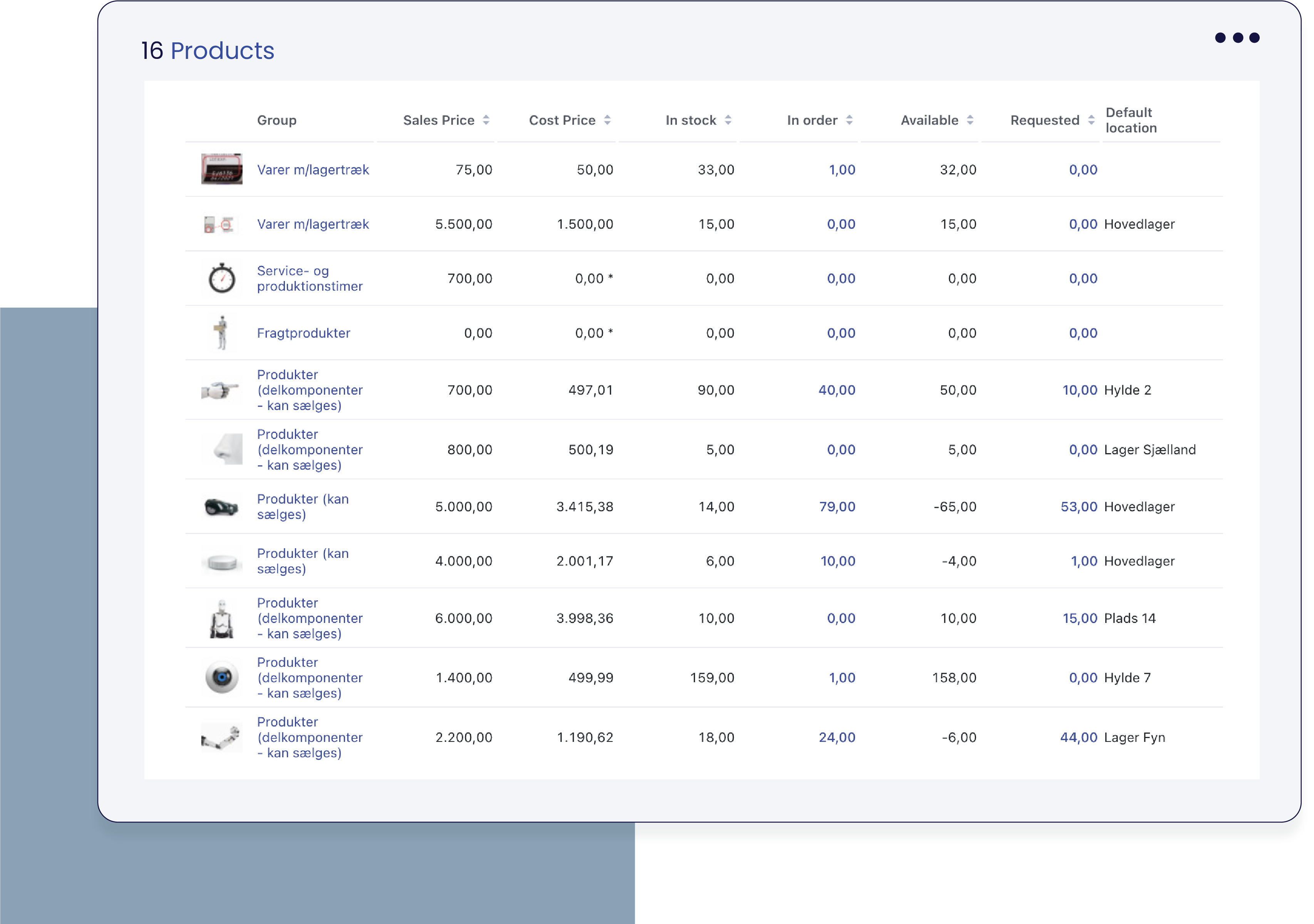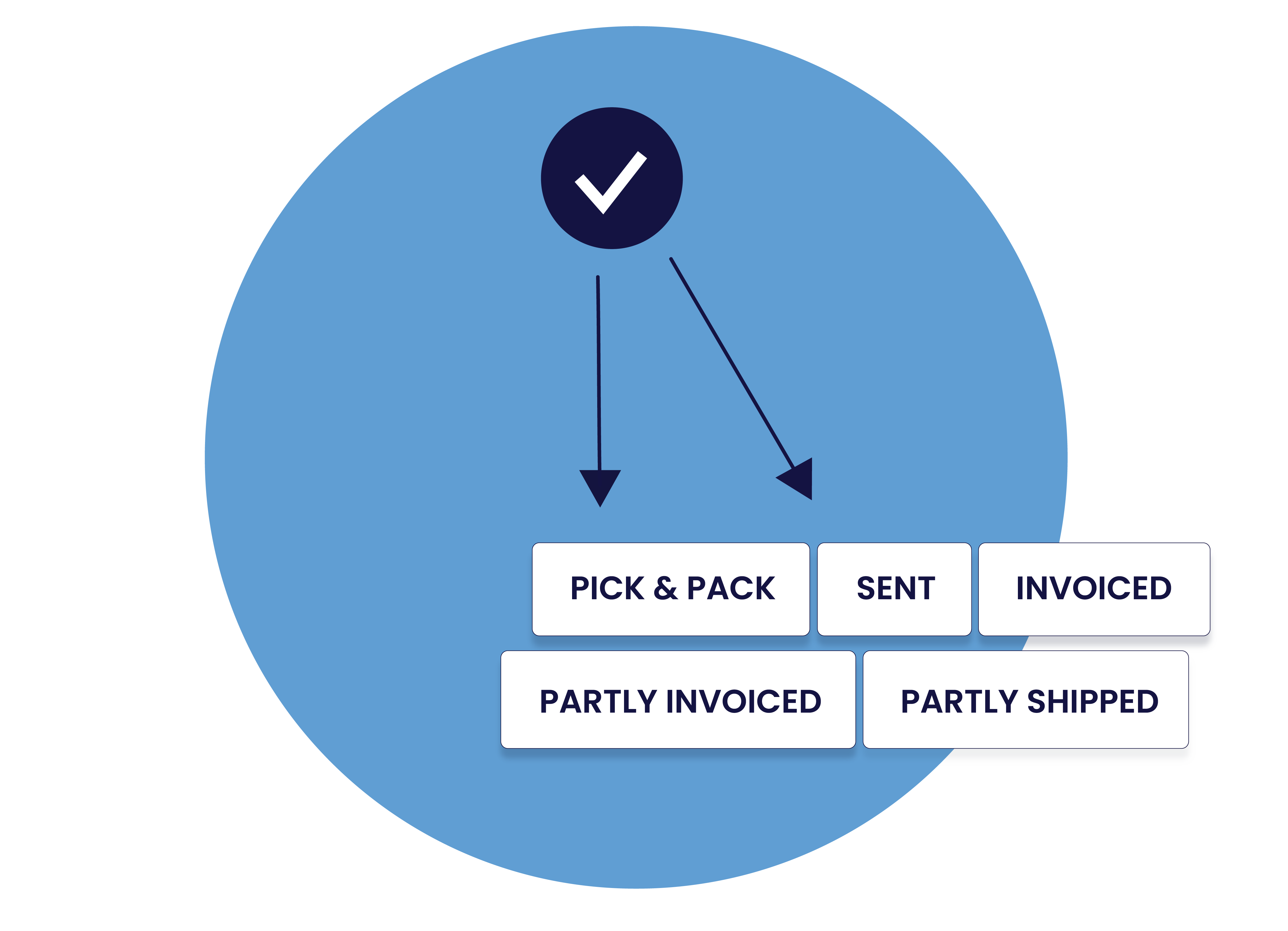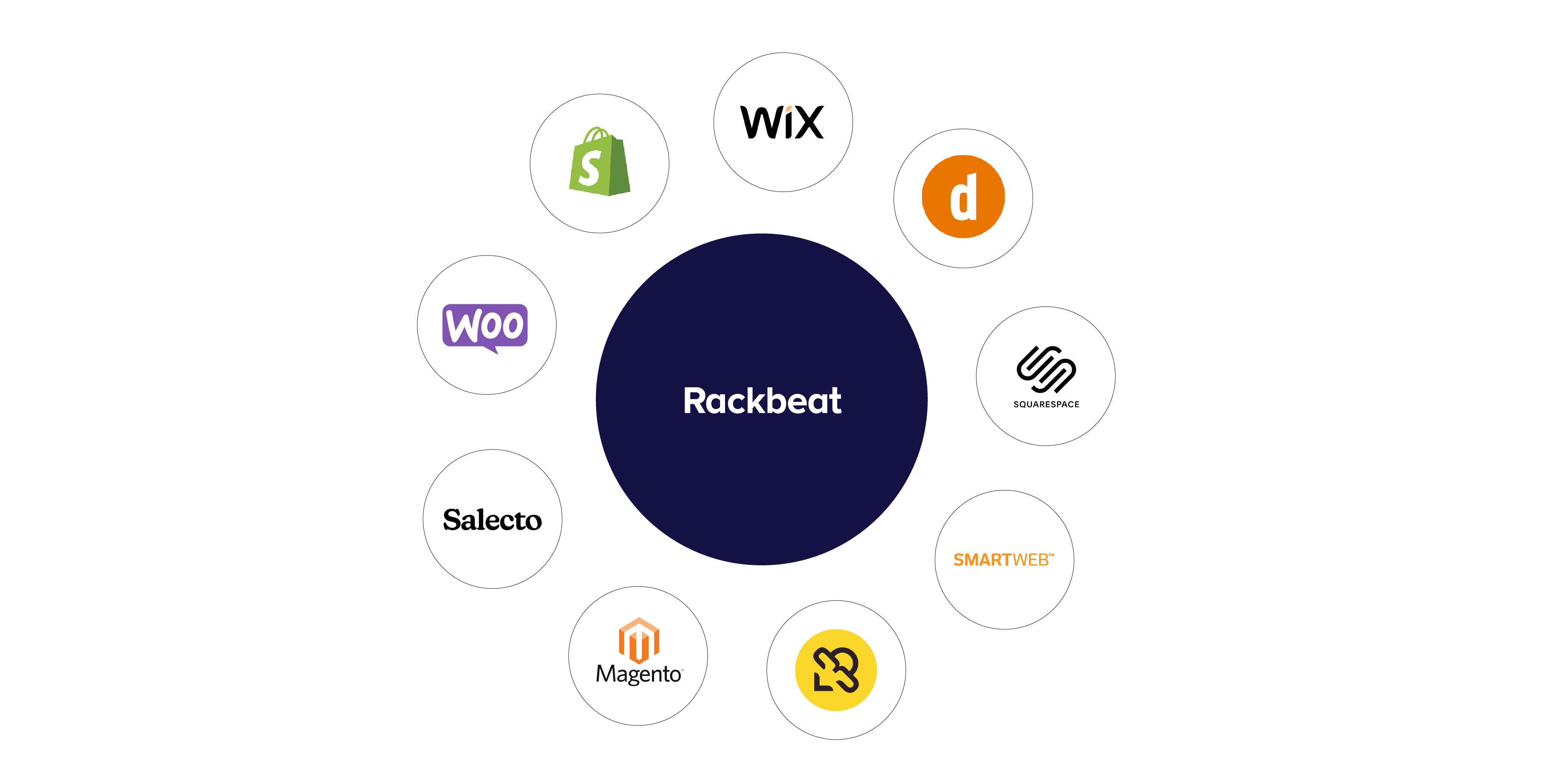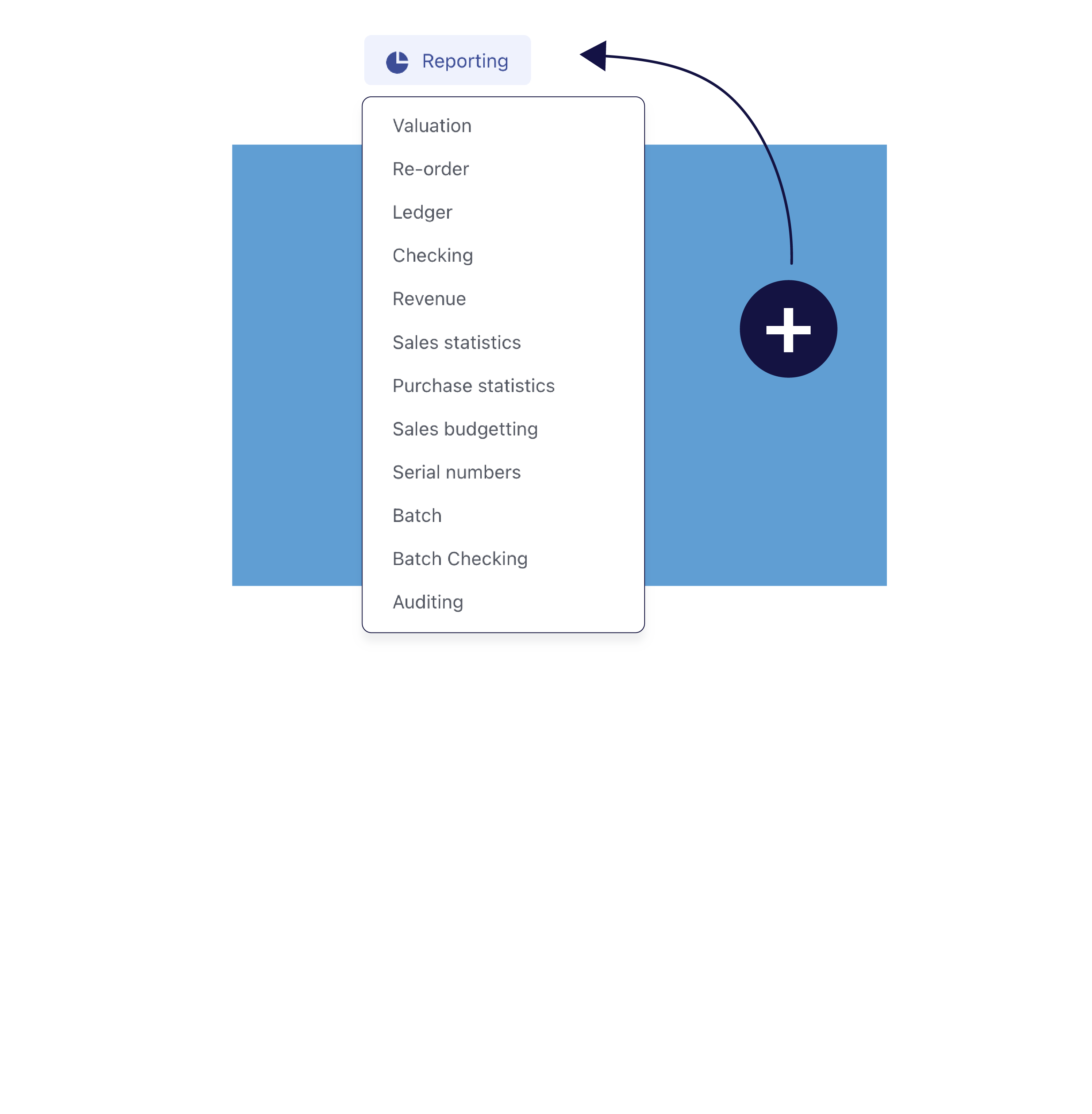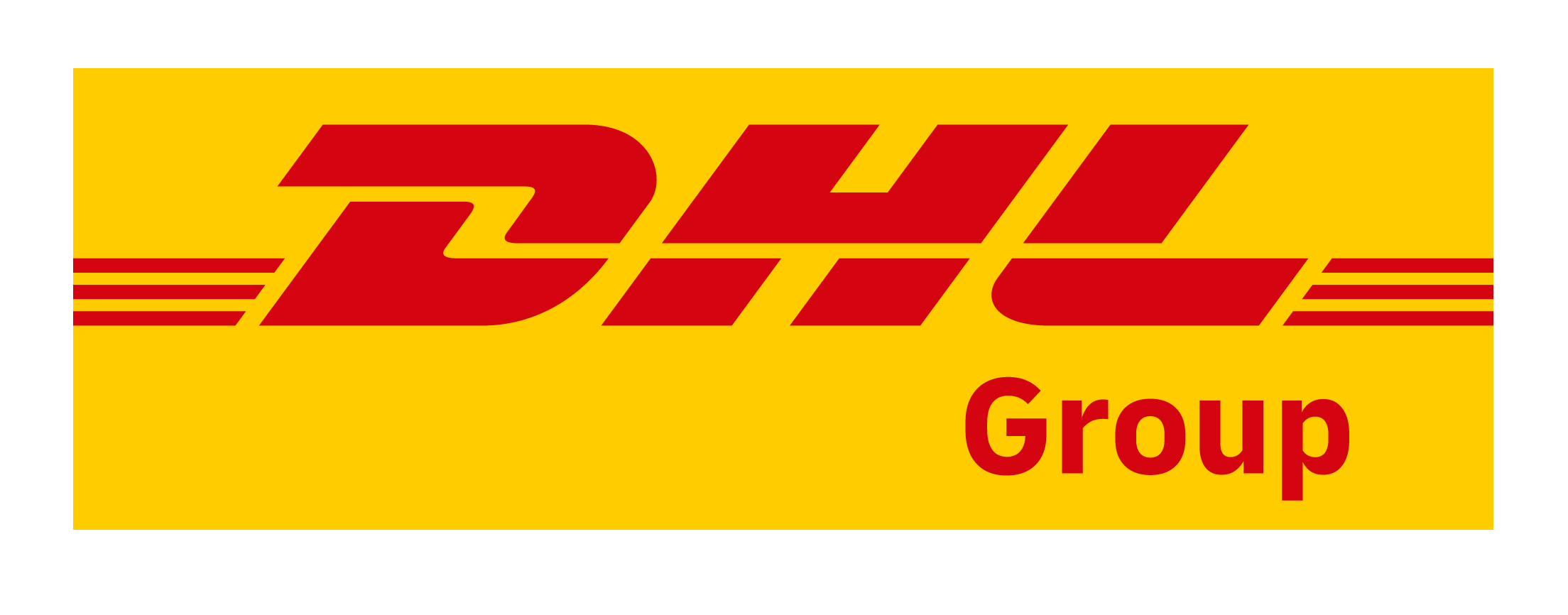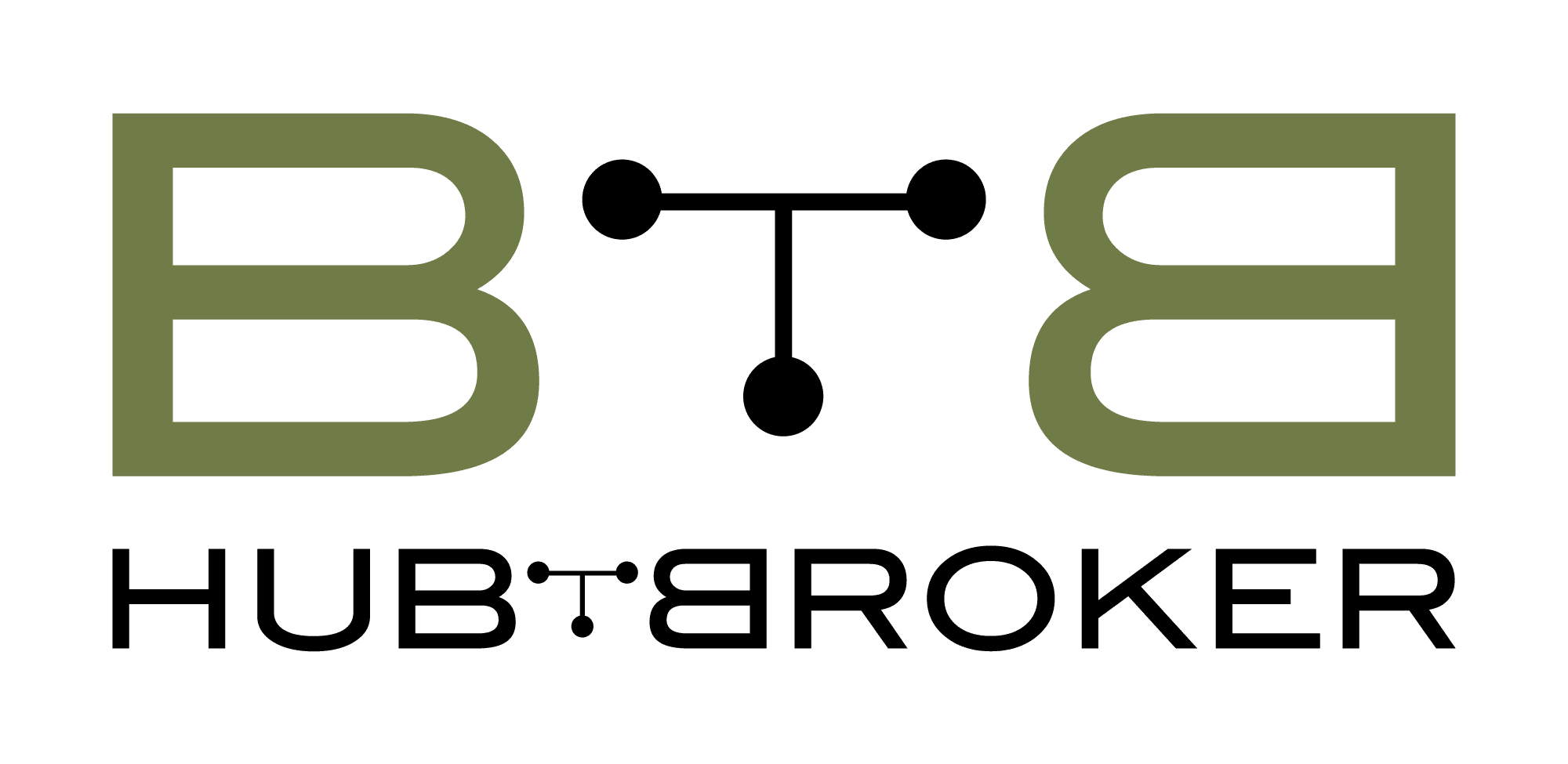Connect Your Warehouse and Webshop with Rackbeat
When you operate an online shop, it is crucial that the products listed as available online accurately reflect the actual inventory. At the same time, it is important to have a comprehensive overview of all the sales orders being processed in the warehouse. This ensures that you always have the opportunity to order new goods and thereby meet demand. Rackbeat takes care of this when we provide you with:
Real-time Synchronization of Your Inventory
We synchronize your webshop and your inventory, so you always have an overview of the status of your product groups, sales and cost prices, products included in ongoing orders, reordered items and more. But most importantly: Your webshop can be updated in real-time on the quantity of goods available for new sales orders (i.e., minus the products included in ongoing orders)
A Central Hub for Your Sales Orders
As soon as your customer places an order in the online shop, the order will be registered in Rackbeat. Here, you have an overview of all previous and current sales orders – including order numbers, customer information, accounting status, delivery dates, amounts,and more. Here, you can check out the webshops that Rackbeat integrates with.
The Option to Handle the Entire Order Flow
You can choose to process your sales orders directly from the webshop if that’s what you’re used to. You can then use Rackbeat’s order overview to view your order history, search for specific order numbers or filter by a specific customer. Alternatively, you can pick, pack and invoice your orders directly from Rackbeat, as we provide a comprehensive order management package.
Seamless Integration with the Market’s Leading Webshop Providers
Rackbeat works effortlessly with the most widely used webshop providers, ensuring your inventory is always updated and synchronized in real time. When a customer places an order, the data is automatically transferred to Rackbeat, allowing you to manage picking, packing, and invoicing—without any manual steps.
See all our webshop integrations here.
Create Valuable Insights with Advanced Reporting Based on Your Sales
Now you can wave goodbye to gut feelings, guesswork and spreadsheets.
With Rackbeat, you can base your purchasing policy on customized sales reports and your current inventory, giving you an optimal decision-making foundation to improve your business.
You can access the inventory in real-time with direct updates on stock movements, receive restocking recommendations when the inventory is low and pull historical reports on purchases and sales.
This makes your business more data-driven and adaptable, as you don’t have to rely on manual inventory management or assumptions about how the sales, inventory and purchases might have looked in the past.
Try Our Free Trial




